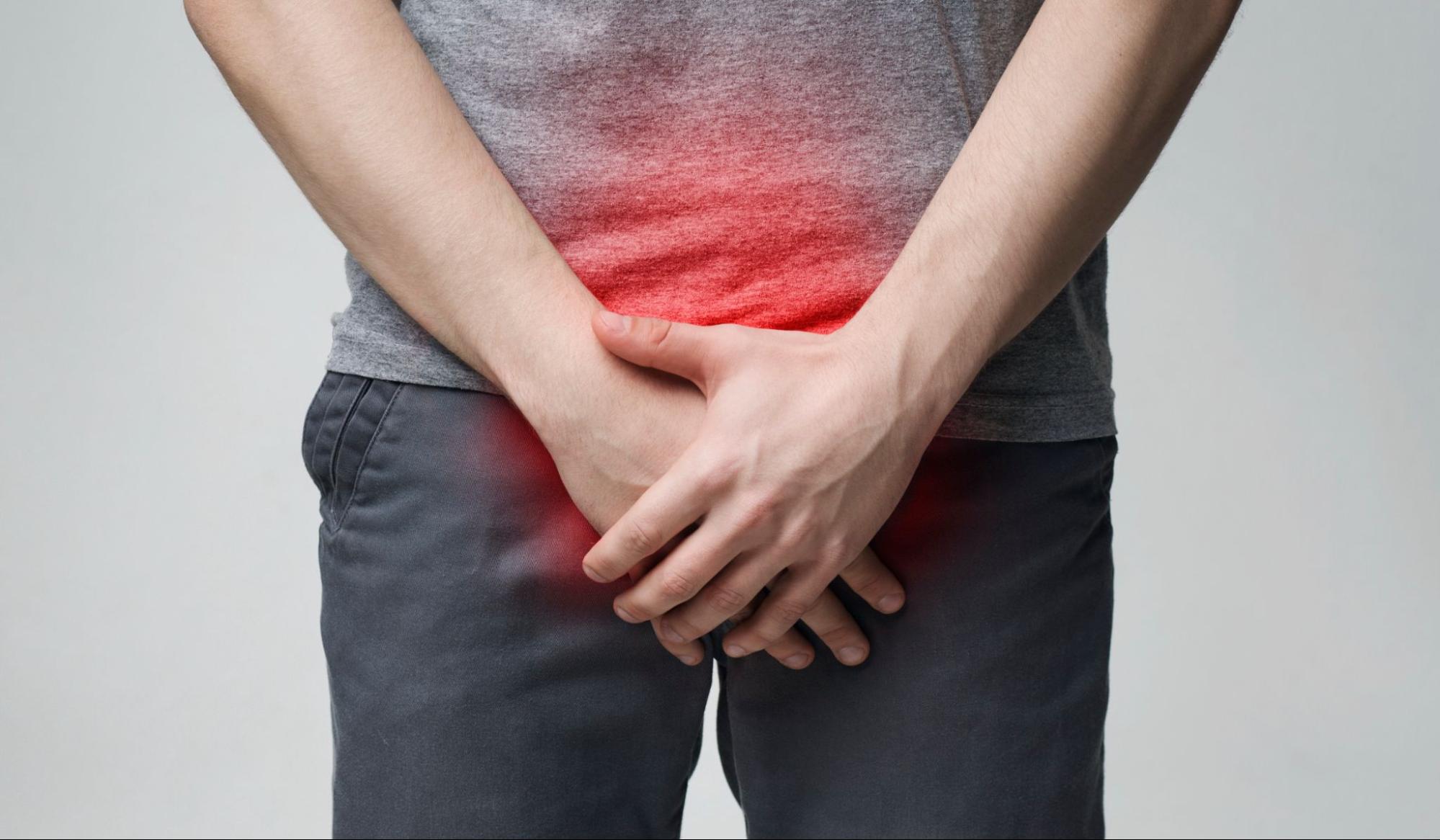
| Type of Prostatitis | Mechanism | Details |
|---|---|---|
| Acute & Chronic Bacterial Prostatitis | Bacterial Invasion and Immune Response | Bacteria enter the prostate, usually via the urinary tract, triggering an immune response. Immune cells attack the bacteria, leading to inflammation, swelling, and irritation of surrounding nerves, which causes pain and urinary symptoms. |
| Chronic Prostatitis/Chronic Pelvic Pain Syndrome (CP/CPPS) | Non-Bacterial Inflammation | Inflammation occurs without a bacterial infection. It may result from autoimmune responses, stress, injury, or nerve dysfunction. Persistent immune activity leads to chronic pain and discomfort in the pelvic area. |
| Asymptomatic Inflammatory Prostatitis | Asymptomatic Inflammatory Mechanism | Signs of inflammation are present in the prostate tissue without noticeable symptoms. This inflammation is often discovered during tests for other conditions. The exact cause of inflammation is unclear, though immune cell activity is detected. |
Men under 50 are more commonly affected, although prostatitis can occur at any age.
A history of prostatitis can increase the risk of recurrence.
Men with frequent UTIs have a higher risk of prostatitis due to bacterial transfer.
Conditions that block urine flow, such as an enlarged prostate, can contribute to prostatitis.
Procedures like catheterization can introduce bacteria into the prostate.
Prolonged sitting, common among office workers in Singapore, may increase the risk due to pressure on the prostate area.
Injuries, especially from cycling or horseback riding, can irritate the prostate.
Men with compromised immunity are more susceptible to infections, including prostatitis.
We begin by discussing your symptoms in detail, including pain levels, urinary issues, and any past instances of similar discomfort. Understanding your history helps us tailor the diagnostic process.
A digital rectal exam (DRE) allows us to assess the size, shape, and sensitivity of the prostate. This exam can reveal tenderness or swelling indicative of prostatitis.
We conduct laboratory tests to check for signs of infection or inflammation. Urine samples can help identify bacterial causes, while blood tests provide insights into overall health.
This involves collecting prostate fluid or tissue samples, often via a prostate massage or biopsy, to identify signs of infection or inflammation. This test helps detect bacterial presence and assess inflammatory markers for accurate diagnosis of prostatitis.
In some cases, the doctor may perform an Ultrasound or MRI to visualise the prostate and surrounding tissues, especially if an obstruction or structural issue is suspected.
Yes, prostatitis can impact sexual function, leading to painful ejaculation, erectile dysfunction, or decreased libido. These symptoms vary depending on the type and severity of prostatitis.
Prostatitis itself is not contagious and cannot be transmitted to a partner. However, if the condition is caused by a sexually transmitted infection (STI), the underlying infection may be transmissible.
Recovery time varies based on the type of prostatitis. Acute bacterial prostatitis may improve within a few weeks with appropriate antibiotic treatment, while chronic forms can persist for months and may require ongoing management.